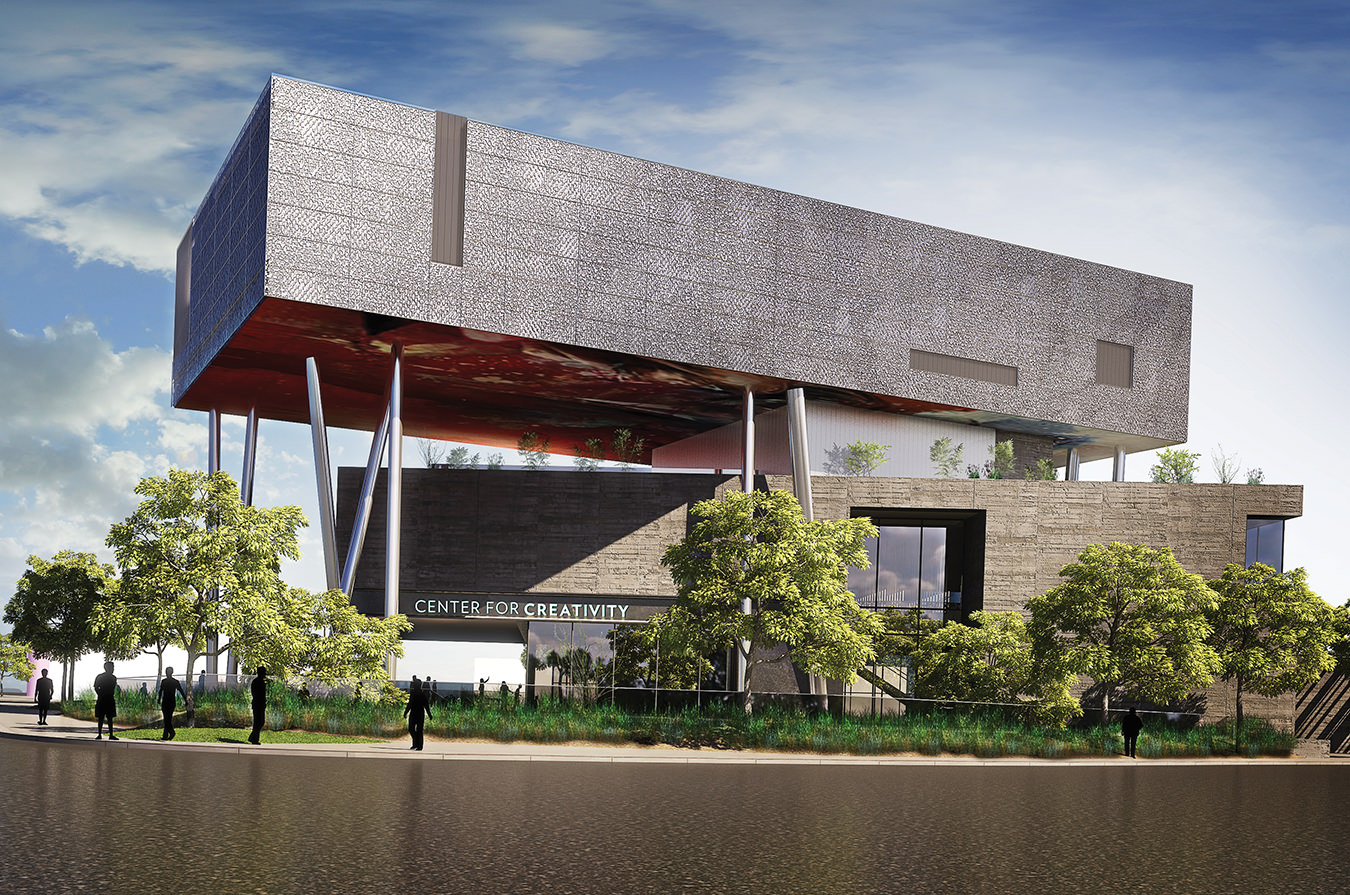How the Las Vegas Grand Prix Turned Into a Playground for Luxury Brands
The race’s second year saw iconic and newer names alike take on Sin City like never before.

When the Las Vegas Grand Prix debuted last year, there was a decent amount of uncertainty. Even by Formula 1’s standards, it was unclear how successful a new track would be, given the immense logistics of closing down the Strip and staging the entire event at night.
As Year One concluded, it became clear that the Las Vegas Grand Prix was in a class by itself. Despite some initial track issues and ire from the local community who felt left out and overlooked in the planning process, the race weekend created real, lasting buzz.
While the race will always be the marquee event, the week prior is quickly becoming a can’t-miss opportunity for luxury brands looking to reach wealthy, well-travelled people who are also looking for more outside of the official events.
As Formula 1’s popularity skyrocketed in the last decade, it also became one of the most tightly controlled and expensive sponsorship properties in sports. Primary team and league sponsorships are now running into the hundreds of millions of dollars, and that doesn’t take into account secondary agreements that can cost well over $20 million (Canadian). Every moment and available space at an F1 race is branded, including many of the most recognizable names in luxury.
In October, LVMH closed a 10-year deal to become a chief sponsor of the sport, replacing Rolex as one of the most visible names at every race. The deal is reportedly worth north of $1 billion (Canadian) and will likely encompass every category where the corporation has a business.



While a deal that size gives LVMH unparalleled reach on TV and all the other official channels, it also allows the company to leverage a less official off-track presence to reach a different group. On Friday of race week, one of its newest spirits took over Bellagio’s handsome The Vault bar to soft launch the Beyoncé-affiliated SirDavis American Whisky in Las Vegas, even though the product is only available in a handful of markets worldwide. The event was a clear indication of a need to be launching even smaller labels given the concentration of influencers, tastemakers, and affluent whisky lovers who were in town.
Generally speaking, alcohol brands seem to be doing the most at and around the race. At MGM Resorts’ properties alone there were separate events and dinners for Rémy Cointreau, a few wine brands, and The Macallan. The Macallan took over Aria’s Lobby Bar for a multimonth spread featuring cocktails and various marques ranging in rarity and cost. The highlight was the only publicly available bottle of a specific marque in Macallan’s Time: Space Collection containing scotch aged more than 80 years.
There is no shortage of other brands getting involved around town, whether connected to a team, in an official capacity, or simply trying to get in on the action. Mastercard used the backdrop of Cirque du Soleil to announce a new, long-term partnership with the McLaren team as an example of how quickly big companies are moving to align with some aspect of the sport. In a media roundtable, Mastercard CMO Raja Rajamannar said he didn’t really know anything about F1 as little as 12 months ago but was compelled by the global reach and scale of one of the sport’s more popular teams, which has an American CEO—Zak Brown—and up-and-coming lead driver—Lando Norris. To support these big partnerships, Brown mentioned that McLaren has started what’s essentially an in-house consulting agency to court and execute these kinds of deals.
Meanwhile, American Express, the lead credit card sponsor of F1’s races in the Americas, has a full club on-site in the main track area with a host of activities geared toward cardholders. According to Shiz Suzuki, vice-president of global brand sponsorships and experiential marketing, Las Vegas was the number one travel destination for Amex U.S. card members last year. (Visa sponsors one of the teams separately.)

Photo by Jenna Fernandez
Clothing brands and collaborations spark much of the cultural conversation through race week with capsule collections, pop-ups, and other exclusive products available only during these few days. As early as the Tuesday before the race, Abercrombie & Fitch hosted a meet-and-greet with a McLaren driver as part of the launch of a limited collection only available at the brand’s main Las Vegas store. An official Peanuts collaboration with F1 proved wildly popular, with consistent lines of customers waiting to shop at one of a few official merch hubs. Malbon, Odd Future, and Balmain are only some of other brands that dropped small collections just for the race.
On race night, the most lavish seats are concentrated across a few locations, with some tickets at the start/finish line of F1’s official Paddock Club, and a growing number at one of the casinos, such as Bellagio’s Fountain Club. New for this year, Bellagio featured more spirits brands (Johnnie Walker and Suntory Whisky), recovery tool maker Hyperice, and a buildout to feature MGM’s new partnership with Marriott Bonvoy.
Las Vegas is one of a small group of cities worldwide that can handle the number of luxury brands with budget to spend and imagination to unleash. In many ways, it doesn’t matter long-term if the Las Vegas Grand Prix doesn’t sell out regular tickets. The real attraction is to visit and party around the race.
There’s the Grand Prix experience, then there’s the Grand Prix in Vegas,” says Andrew Lanzino, Vice President of citywide events and strategy at MGM Resorts “There’s always an expectation of going over the top and outdoing ourselves.”




